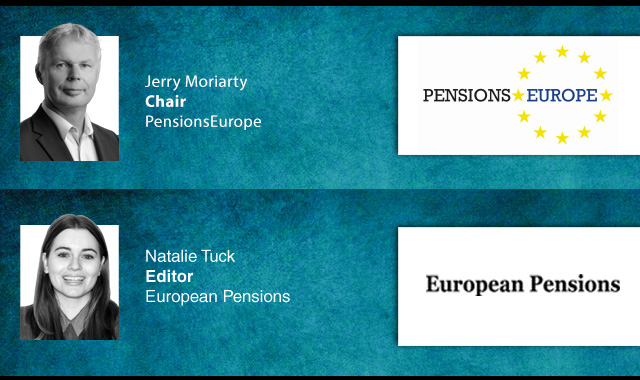Association of Austrian Occupational Pensionfunds vice president, Christian Böhm, gives an overview of the current situation within the Austrian pension fund sector and why the association wants the government to look at pensions tax relief.
The Austrian pension fund sector looks back on a very successful year in 2019.
The average performance for the year was 11.6 per cent. Assets under management reached a record level of €24.3bn. The number of participants increased to 980 000, thereof 11.4 per cent currently receive pension benefits. The number of providers reduced to eight (five multi-employer and three corporate pensions funds), one less than a year before.
The overall asset allocation changed during 2019 with an increase in allocation to equities (from 31 per cent in 2018 to 34 per cent). Bonds are still the most important asset class with 43.3 per cent, with a shift to corporate bonds as well as emerging markets bonds. Real estate investments cover 4.7 per cent of the investments.
Besides the old defined benefit (DB) plans (most of them are closed), members are predominately covered by defined contribution (DC) arrangements. After retirement, DC participants stay within the pension fund and receive lifelong pensions as well as pension rights for surviving dependents.
The vast majority of those pension agreements have no fixed guarantees. The individual option to transfer the pensions fund account after retirement to an insurance based contract is used extremely seldom.
The new Austrian government, formed at the beginning of 2020 between the Conservative Party together with the Green Party, expressed in their government declaration a commitment to further development of funded pensions in Austria.
One of the important issues of the Austrian Association of Occupational Pension Funds is the tax treatment of employees’ contributions. Up until now a complicated tax system has existed, with a limited scope of tax refunding for those contributions. Additionally, there are tax exemptions for those parts of pension payments financed by own contributions.
To facilitate and encourage members to pay own contributions, a clear EET taxation system (as at is the case for employers contributions) is one of the main requirements of the Austrian Pensions Fund Association of the new government.
Austria has introduced in time the new IORP II Directive, which came into force with the amended Austrian Pensions fund Law as of the 1 January 2019. Within this law the prudent person principle is fully mapped down. As a consequence, pension funds have to lay down their investment guidelines in a written and structured form by themselves.
Additionally, the Austrian Financial Market Authority has been enabled to set up several decrees for overseeing the pension fund sector. One the most important decrees covers minimal standards for the risk management systems.
The Austrian legal framework for occupational pensionfunds offers a flexible set-up for pension solutions. Therefore, a potential for future growth to encourage employers to offer pension fund solutions for their employees is existing.
Written by Association of Austrian Occupational Pensionfunds vice president, Christian Böhm
Latest News
-
Legislative changes to IORP II and PEPP regs confirmed as EC adopts pension package
-
Pensions and insurance industry has 'special obligation' to use AI responsibly, I&P Denmark says
-
Strong appetite for CDC schemes in the UK but balancing risk ‘critical’
-
European Pensions Awards 2026 open for entries
-
Changes needed to Finnish earnings-related pensions laws to improve return to work
-
Irish govt to tighten occupational pension scheme standards ahead of state's AE rollout
Podcast: Stepping up to the challenge

In the latest European Pensions podcast, Natalie Tuck talks to PensionsEurope chair, Jerry Moriarty, about his new role and the European pension policy agenda
Podcast: The benefits of private equity in pension fund portfolios

The outbreak of the Covid-19 pandemic, in which stock markets have seen increased volatility, combined with global low interest rates has led to alternative asset classes rising in popularity. Private equity is one of the top runners in this category, and for good reason.
In this podcast, Munich Private Equity Partners Managing Director, Christopher Bär, chats to European Pensions Editor, Natalie Tuck, about the benefits private equity investments can bring to pension fund portfolios and the best approach to take.
In this podcast, Munich Private Equity Partners Managing Director, Christopher Bär, chats to European Pensions Editor, Natalie Tuck, about the benefits private equity investments can bring to pension fund portfolios and the best approach to take.
Mitigating risk
BNP Paribas Asset Management’s head of pension solutions, Julien Halfon, discusses equity hedging with Laura Blows
© 2019 Perspective Publishing Privacy & Cookies







Recent Stories